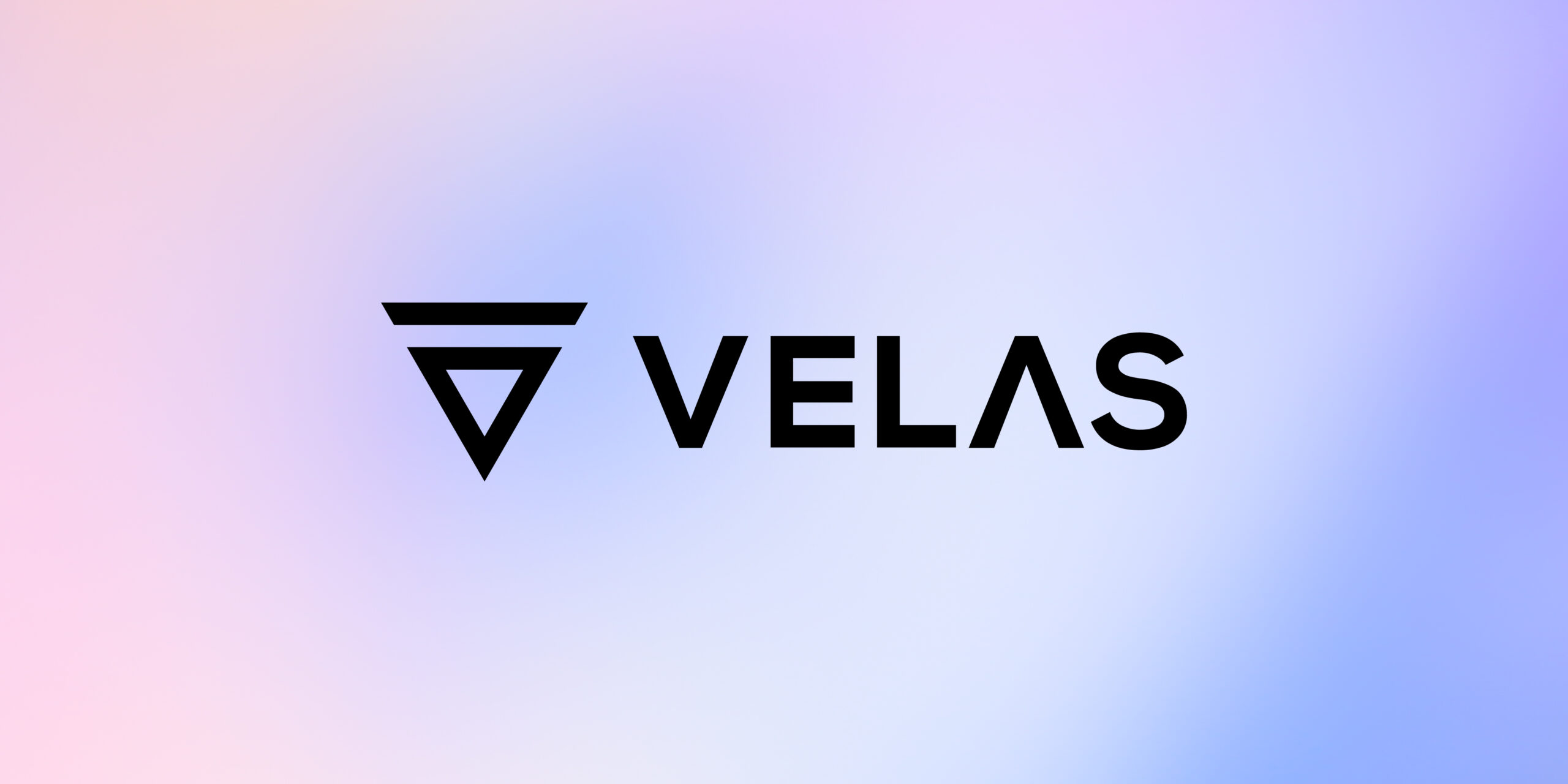Introduction
CoW Protocol, known initially as Gnosis Protocol V2, is a unique decentralized exchange (DEX) market player. As a Meta DEX Aggregator, it is designed to offer the lowest prices for trades across various exchanges and aggregators. Its underlying principle revolves around the Coincidence of Wants (COWs) and Batch Auctions. This innovative approach enables two parties to exchange tokens directly without using a traditional DEX or incurring additional fees. With its dedicated trading interface – CoW Swap- the protocol has been operational for a year, with a skilled and experienced team directing its operations.
Innovation
The innovation of the CoW Protocol is evident in its approach to trade execution. Employing batch orders protects traders from Miner Extractable Value (MEV) risks. Additionally, the protocol facilitates Coincidence of Wants (COWs), allowing direct token exchanges between two parties, thereby eliminating unnecessary intermediaries. The platform also supports Ring Trades, enabling liquidity sharing across all orders instead of restricting it to a single token pair.
Architecture
The smart contract architecture of the CoW Protocol comprises an allowance manager and a settlement smart contract. This arrangement permits signed orders, an essential part of the CoW Protocol’s infrastructure, effectively removing the requirement for gas during the submission of orders. Orders are placed off-chain, collected, and aggregated to be settled in batches.
CoW Protocol Code Quality
Though a detailed code analysis is beyond this review’s scope, the CoW Protocol’s operational success implies robust and efficient underlying code. The platform’s ability to consistently provide optimal trade execution and to mitigate MEV risks suggests high-quality code and advanced implementation of blockchain technology.
Product Roadmap
While this review does not delve into the specifics of the CoW Protocol’s product roadmap, its initial successful implementation and evolution from the Gnosis Protocol V2 underline a promising path. Reviewing their official communications for detailed and updated information regarding their future plans is advisable.
Usability
The usability of the CoW Protocol is reflected in its CoW Swap trading interface. CoW Swap acts as a facilitator for the protocol, creating an accessible environment for traders. Solvers compete to submit the most optimal batch settlement solution, thus ensuring traders get the best possible price for their trades.
Team
The CoW Protocol is backed by a team that carries considerable experience in the crypto and blockchain industry. Their expertise has been vital in the protocol’s evolution from the Gnosis Protocol V2 to its current state. The team’s dedication to continuous innovation and improvement is an asset to the project.
Conclusion
The CoW Protocol presents an innovative solution within the decentralized exchange space, offering efficient trade execution and significant protection against MEV. Its unique approach to trading and market liquidity has created a distinctive place for itself in the competitive crypto landscape. However, users must conduct detailed research and risk assessments before engaging in cryptocurrency-related activities.
| Initial Screening | |||
| Keep researching | |||
| Does this project need to use blockchain technology? | Yes | ||
| Can this project be realized? | Yes | ||
| Is there a viable use case for this project? | Yes | ||
| Is the project protected from commonly known attacks? | Yes | ||
| Are there no careless errors in the whitepaper? | Yes | ||
| Project Technology Score | |||
| Description | Scorecard | ||
| Innovation (Out Of 11) | 6 | ||
| How have similar projects performed? | Good | 2 | |
| Are there too many innovations? | Medium | 1 | |
| Percentage of crypto users that will use the project? | 1-5% | 1 | |
| Is the project unique? | Yes | 2 | |
| Architecture (Out of 12) | 11 | ||
| Overall feeling after reading whitepaper? | Good | 2 | |
| Resistance to possible attacks? | Good | 2 | |
| Complexity of the architecture? | Easy | 2 | |
| Time taken to understand the architecture? | 20-50 min | 1 | |
| Overall feeling about the architecture after deeper research? | Good | 4 | |
| Code Quality (out of 15) | 14 | ||
| Is the project open source? | Yes | 2 | |
| Does the project use good code like C,C++, Rust, Erlang, Ruby, etc? | Yes | 2 | |
| Could the project use better programming languages? | No | 0 | |
| Github number of lines? | More than 10K | 1 | |
| Github commits per month? | More than 10 | 2 | |
| What is the quality of the code? | Good | 2 | |
| How well is the code commented? | Good | 2 | |
| Overall quality of the test coverage? | Outstanding | 2 | |
| Overall quality of the maintainability index? | Good | 1 | |
| When Mainnet (out of 5) | 5 | ||
| When does the mainnet come out? | Yes | 5 | |
| Usability for Infrastructure Projects (out of 5) | 3 | ||
| Is it easy to use for the end customer? | Medium | 3 | |
| Team (out of 7) | 7 | ||
| Number of active developers? | 5+ | 2 | |
| Developers average Git Background? | Senior | 2 | |
| Developers coding style? | Outstanding | 3 | |
| Total Score (out of 55) | 46 | ||
| Percentage Score | |||
| Innovation | 10.91% | ||
| Architecture | 20.00% | ||
| Code Quality | 25.45% | ||
| Mainnet | 9.09% | ||
| Usability | 5.45% | ||
| Team | 12.73% | ||
| Total | 83.64% |





